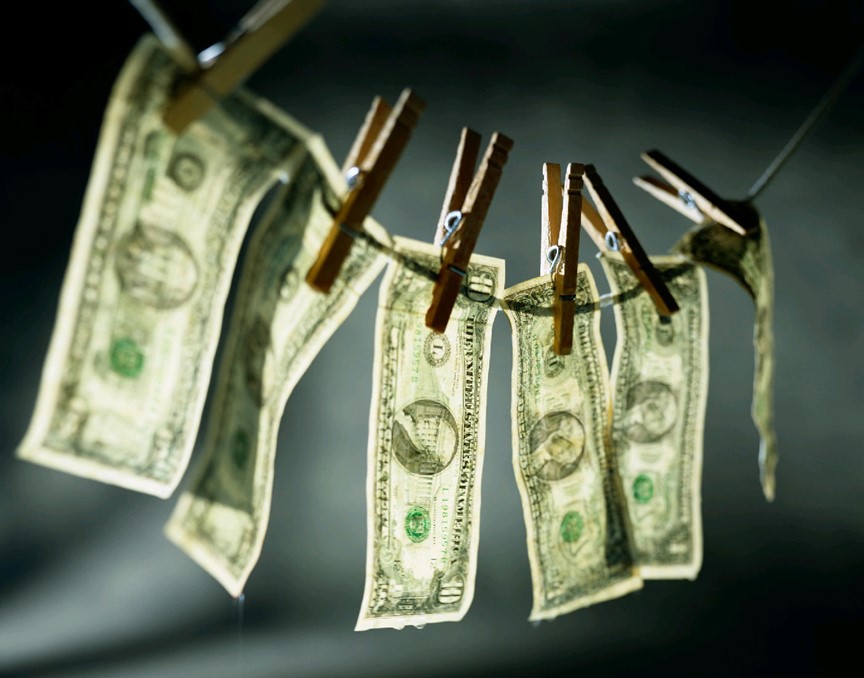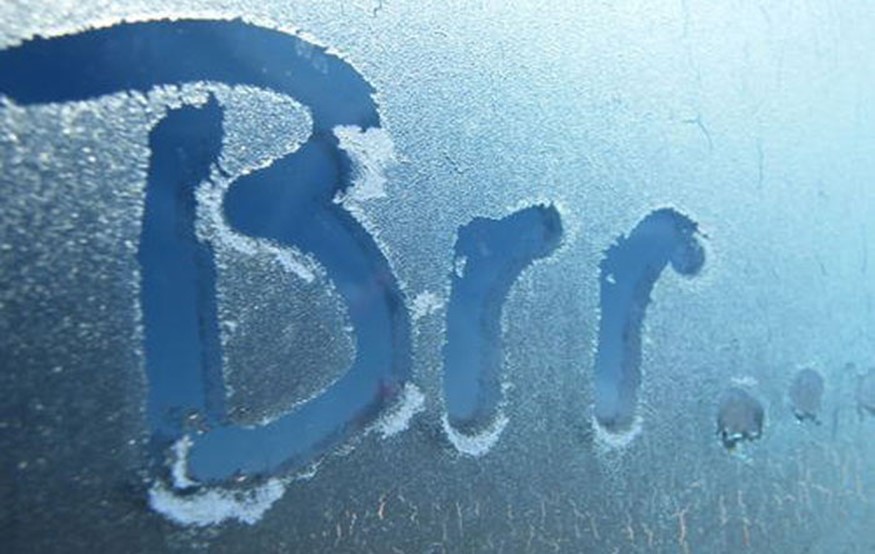Why Governments Should Encourage Laundering Money
January 13, 2014 in Daily Bulletin

Launder your money. One could argue it’s your civic duty according to a research paper:
- A standard American currency bill lasts anywhere between three and fifteen years depending on its denomination.
- Oils from human skin build up on the bills and eventually turn them yellow.
- Central banks print out new bills to replace 150 billion old bank notes every year.
- 150,000 tons of bills have to be shredded.
- All of this costs $10 billion.
- However the bank notes can be cleaned fairly easily, without harming the bill’s security features such as holograms by “superciritcal” CO2 – saving the economy billions.
Read more about the study here.
Source: ACS









Join the Discussion! (No Signup Required)